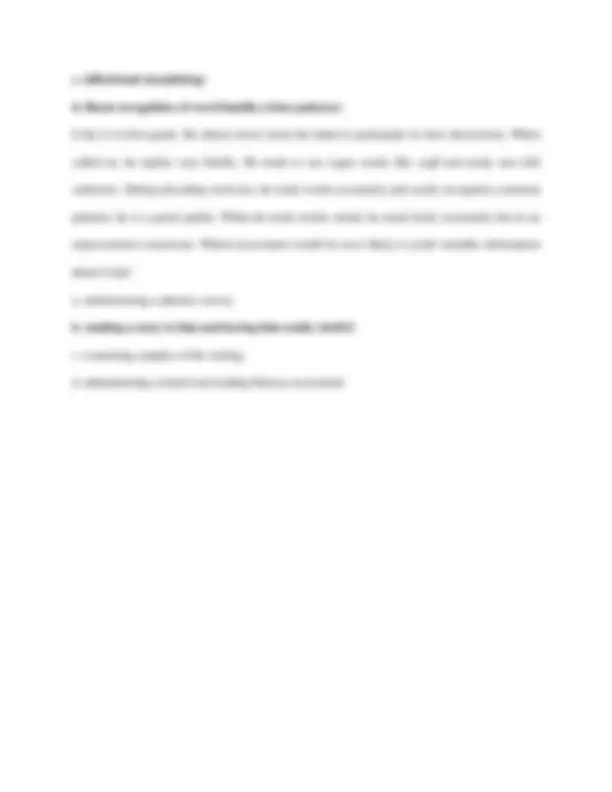



Study with the several resources on Docsity

Earn points by helping other students or get them with a premium plan


Prepare for your exams
Study with the several resources on Docsity

Earn points to download
Earn points by helping other students or get them with a premium plan
Community
Ask the community for help and clear up your study doubts
Discover the best universities in your country according to Docsity users
Free resources
Download our free guides on studying techniques, anxiety management strategies, and thesis advice from Docsity tutors
Various types of reading assessments used in education, including outcome assessments, screening measures, diagnostic surveys, and progress-monitoring tests. It explains the purpose and application of each type, highlighting their role in identifying at-risk students and informing instruction. The document also includes sample questions related to diagnostic assessments and literacy skills, providing practical insights for educators. It is useful for understanding how to effectively assess and support students' reading development. Useful for educators and students in education programs. It provides a clear overview of different assessment methods and their applications in identifying and addressing reading difficulties. The questions included offer practical examples for understanding assessment techniques.
Typology: Exams
1 / 3

This page cannot be seen from the preview
Don't miss anything!


Outcome assessments Outcome assessments assess the overall effectiveness of instruction given to a large student population—for example, all students within a state. These high-stakes, summative reading assessments are usually administered at the end of grade 3 or 4. Because they are often normed, they can show how an individual is doing relative to norms and help in comparing groups. Screening measures Screening measures help predict which students are at risk for reading failure and how they are likely to perform on outcome assessments by measuring their performance against established benchmarks. Screening measures, such as Acadience® Reading K– 6 or AIMSweb ®, focus on foundational skills and are administered several times a year in the early grades. Because they are brief, low-cost measures that provide extremely useful information, they are highly efficient. Diagnostic surveys Diagnostic surveys inform teachers’ work with at-risk readers. This category includes informal diagnostics teachers use to assess students’ academic knowledge or skills in a particular area (e.g., a developmental spelling inventory or handwriting sample), as well as formal, specialized testing used to determine whether a student fits the criteria for a specific developmental disorder (e.g., an assessment to determine whether and where a child falls on the autism spectrum). Progress-monitoring tests Progress-monitoring tests inform instruction by telling how well instruction is working—that is, how at-risk students are responding to instruction. These formative assessments, typically
administered every 1–3 weeks, focus on specific targeted skills. Teachers can use them to determine the effectiveness of a given program or approach. Many screening measures can be considered diagnostic since they provide extremely detailed data about a students skills in particular literacy domains. true or false If a student needs work on phonics and decoding, what kind of informal diagnostic assessment would provide the most useful information on how to help this student with these skills? a. a spelling inventory to show which features of English spelling the student has mastered b. a word-reading survey to show which sound-symbol correspondences the student knows and which ones still need practice c. a vocabulary test to show student understanding of word meanings in context d. a test of reading comprehension to show how well the student can answer questions about a grade-level text Which of the following is not an area of inquiry to include in a comprehensive diagnostic assessment of a potential reading disorder? a. spelling b. handwriting c. single-word decoding d. social interactions Which of these literacy skills have students typically mastered by the end of third grade? Select all that apply. a. advanced phonemic awareness b. Greek-derived morphemes